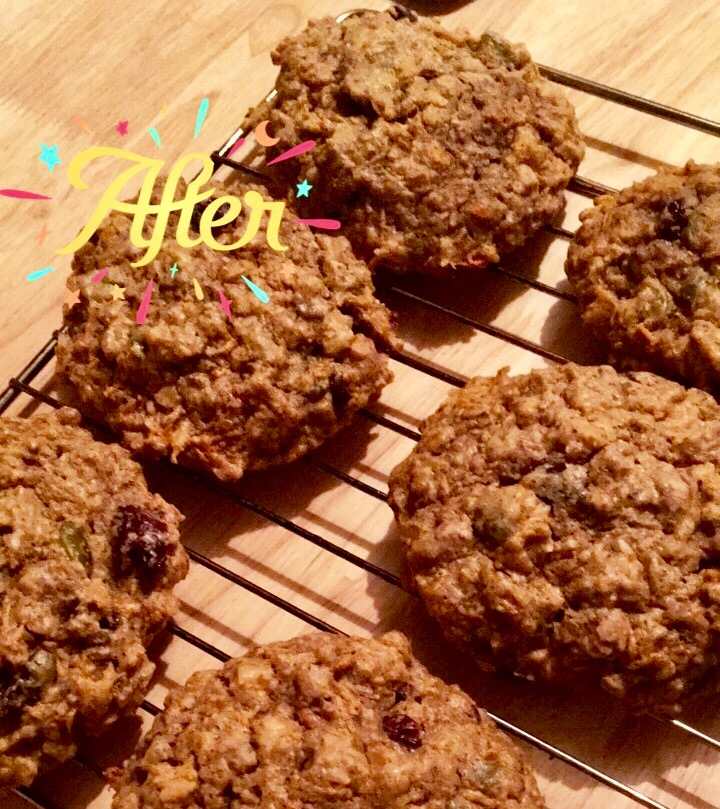It always surprises me after the time change in November how dark it can get in the evenings. Every year around this time I have to check in with myself and how I am feeling and every year I realize, after a gentle reminder from those around me, that the darker days do affect my mood. Living in Vancouver for 4 years, where it is raining most of the winter, I would forgot how much happier people were with the sun out, until the skies opened and you get a glimpse again of sunny summer days. The same goes for most of Canada however. When a patient comes to me concerned about their mood, I always ask whether they notice a more depressed mood in the winter...most say yes!
An important point is that there could be a easy explanation as to why you are feeling depressed and ruling these out first is key. There are a few common reasons I see in my practice, for why people feel depressed. They are vitamin D deficiency, adrenal fatigue, hormone imbalances, hypothyroidism and food allergies/sensitivities. Simple blood work, a health history and/or elimination diet can help decipher if your mood is affected by one of these issues. However these simple tips can make a drastic change in your mood.
1. Light Exposure:
As the day shorten our circadian rhythm adapts and melatonin production increases. This in turn decreases serotonin production. Unfortunately this combination doesn’t improve sleep. Getting some light exposure in the morning, helps to keep our circadian rhythms in check. Suggestions for this are going for a 20 minute walk in the morning when it is brighter out, in nature is an added bonus, or investing in a sunlamp. I recently learned that the Public Libraries around HRM have these on loan!
2. Vitamin D3:
One of the first vitamins I think about when it comes to mood is vitamin D. It plays an important role in many things, including bone, skin and immune health, but it also contributes to improving mood. There are several studies that show an association with low vitamin D status and mood disorders, including seasonal affective disorder. 30 minutes of full-exposure to sunlight, without sunscreen, can provide between 10,000 to 20,000IU of vitamin D. In the winter, or if we work in an office all year, it is difficult to get enough D3, therefore we need to supplement. I suggest 2000-5000IU/day for mood disorders, however it is recommended to have your vitamin D levels checked to avoid toxicity.
3. Increase Endorphins:
On these cold darker days we tend to sink into the couch. Exercise, even moderate amounts, have been proven to increase endorphins and serotonin production, ultimately improving your mood. Start by walking 20 minutes in the morning or at lunch if you are just getting back into it, or increase the intensity with HIIT workouts. Massage also has been studied to increase endorphins, or any physical touch for that matter! Our testosterone levels have been shown to increase in the winter so take advantage of the increased sex drive.
4. B Vitamins:
These vitamins are also important to regulate mood. B vitamins are necessary for every energy reaction in your body, including the production of hormones and neurotransmitters mentioned above. Women on oral contraception become deficient in B6 (and magnesium), therefore it is even more important to supplement in these women. I recommend a multi-B vitamin, with higher amounts of certain Bs depending on the person.
5. Decrease Sugar Intake:
When our blood sugar spikes then crashes it stimulates a stress response in our body. An increased cortisol level in turns affects other hormones and neurotransmitters and ultimately affects mood. If you are having energy crashes or bouts of fatigue or depression take inventory at how much sugar you are eating in a day. The recommendation is no more than 6g/day! Good quality protein, fat and fibre in the morning will set your day off right so you won’t be craving that 2pm sugary snack.
As you can see there are many tools to consider to help with SAD and depression. There are other nutrients and botanicals that I would consider in my practice, depending on the person and if they are on medication or not. For a more individualized approach consider booking an appointment with me or your local ND.
In health & happiness,
Dr. Karen
p.s Check out these posts if interested - PMS: Recognizing the Signs, Anxiety: Tried & Tested Tools, Adrenal Fatigue




